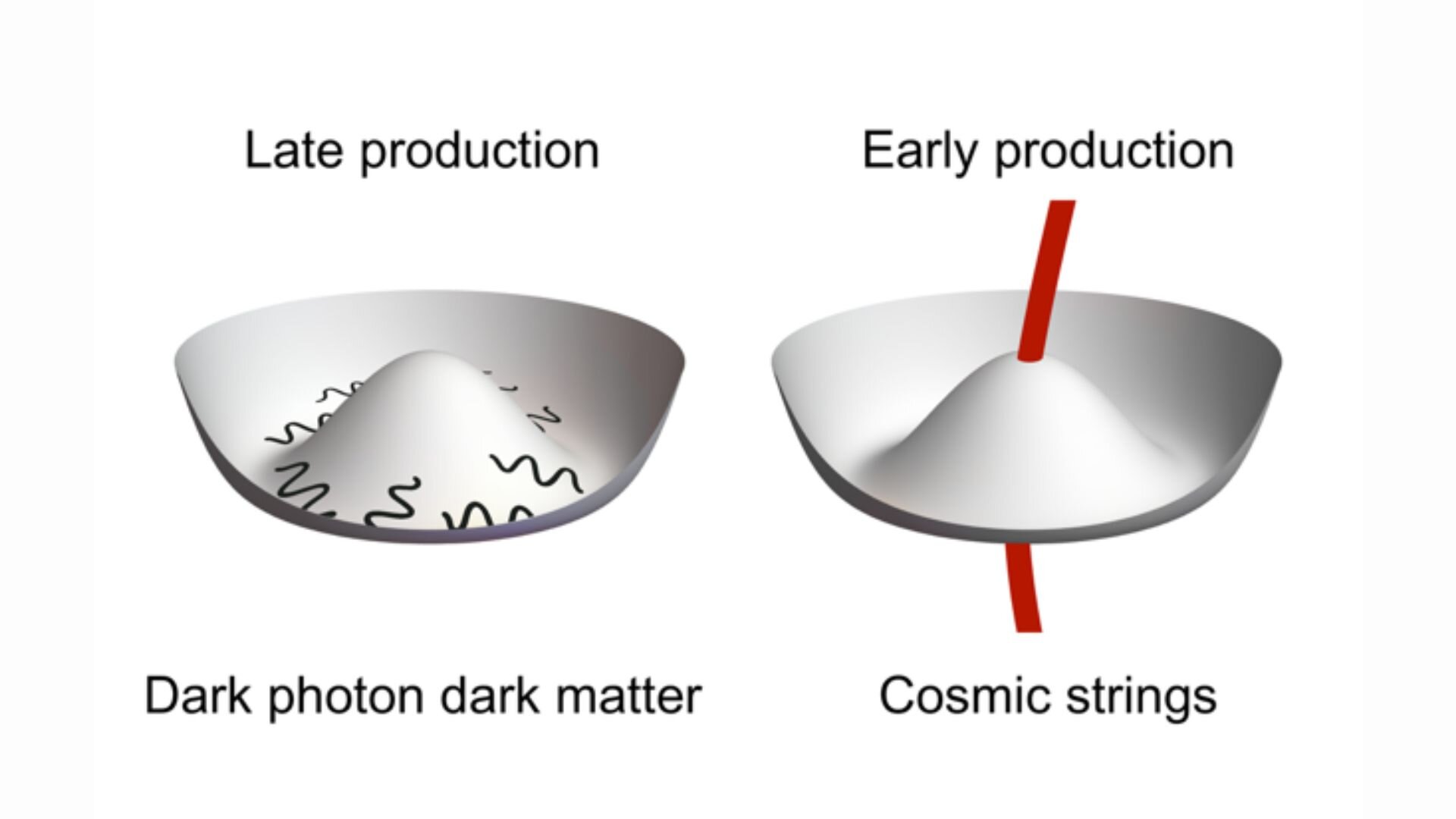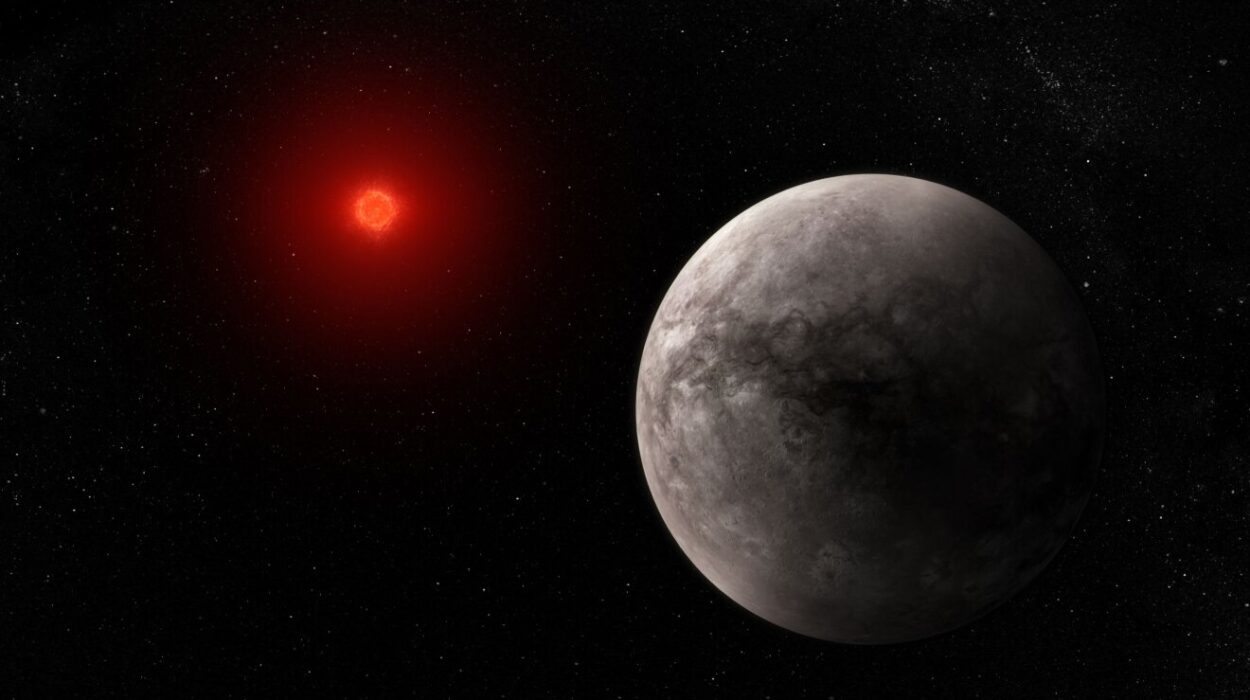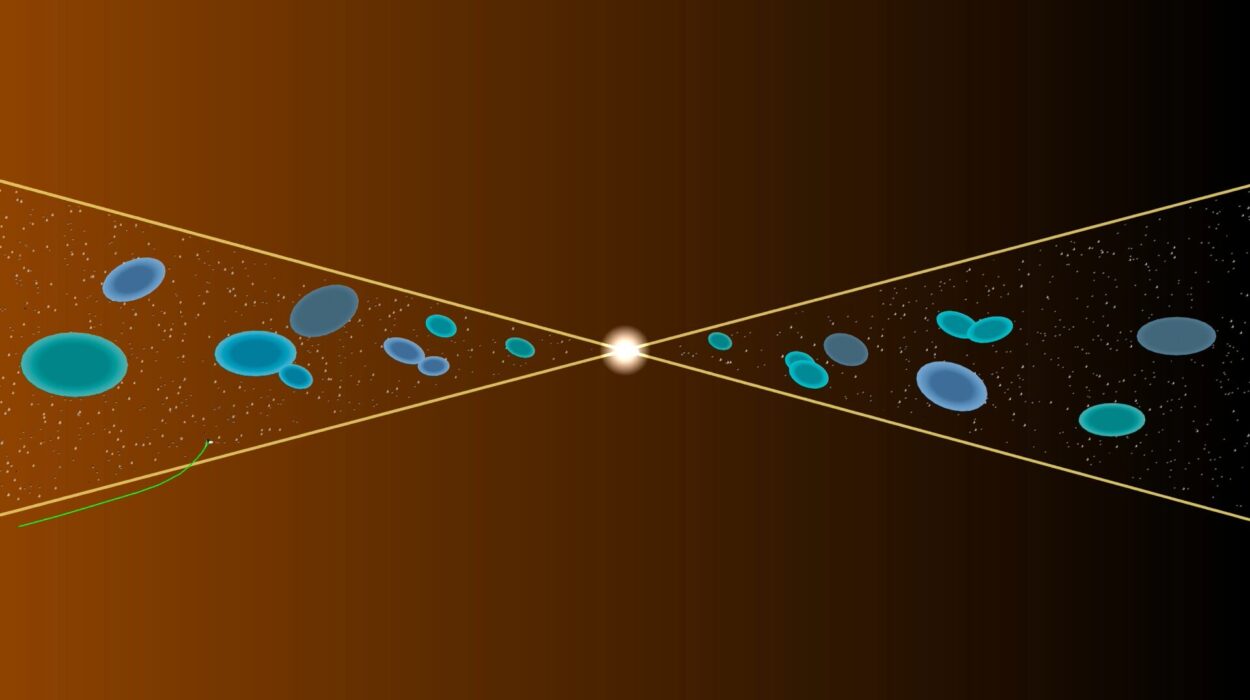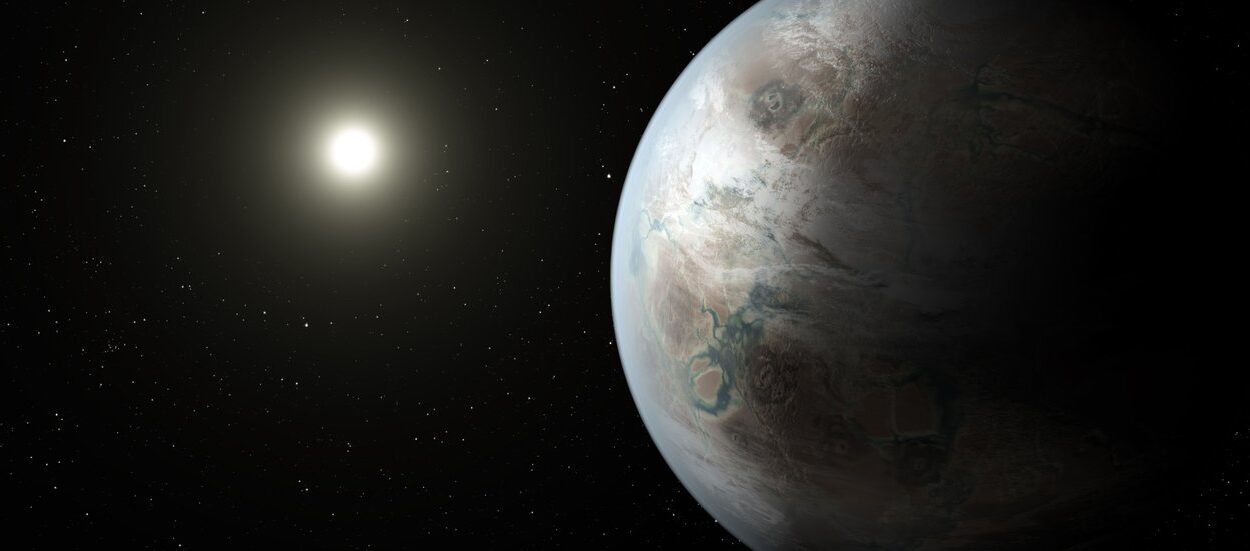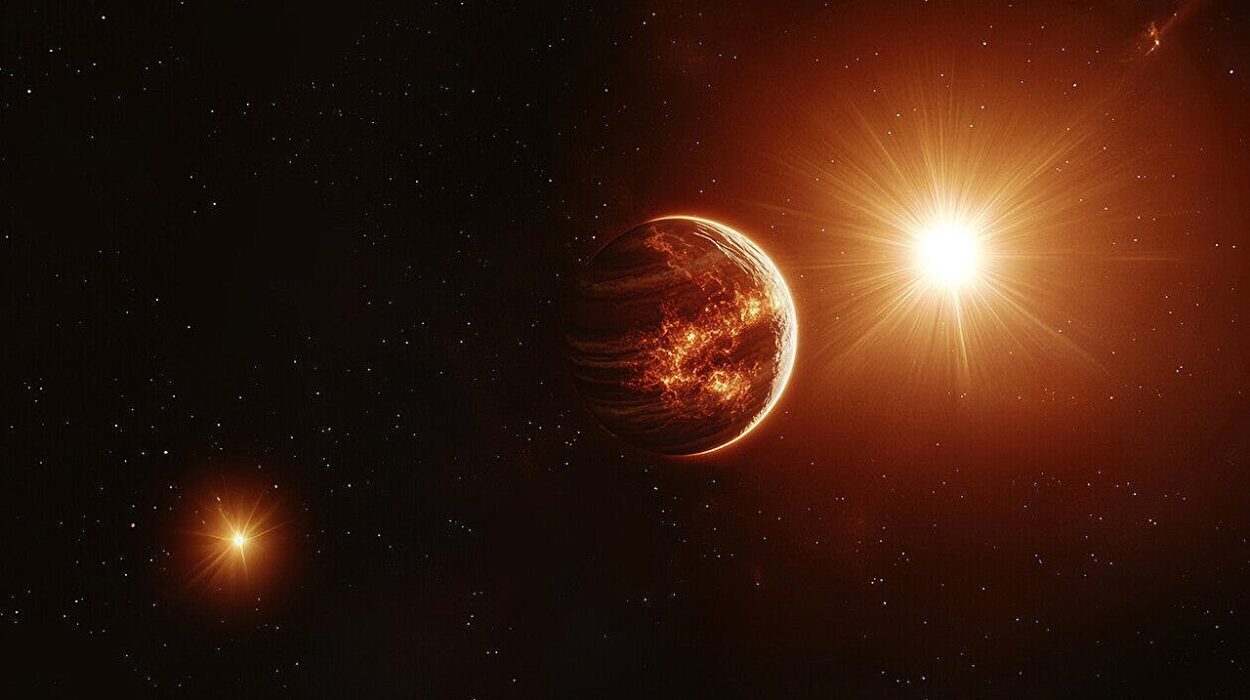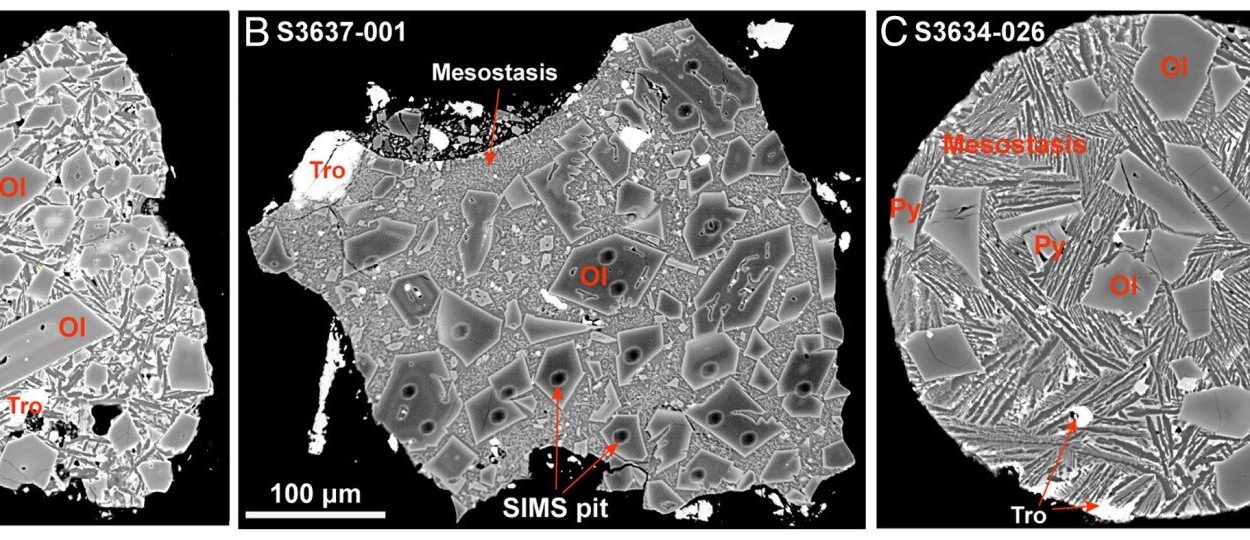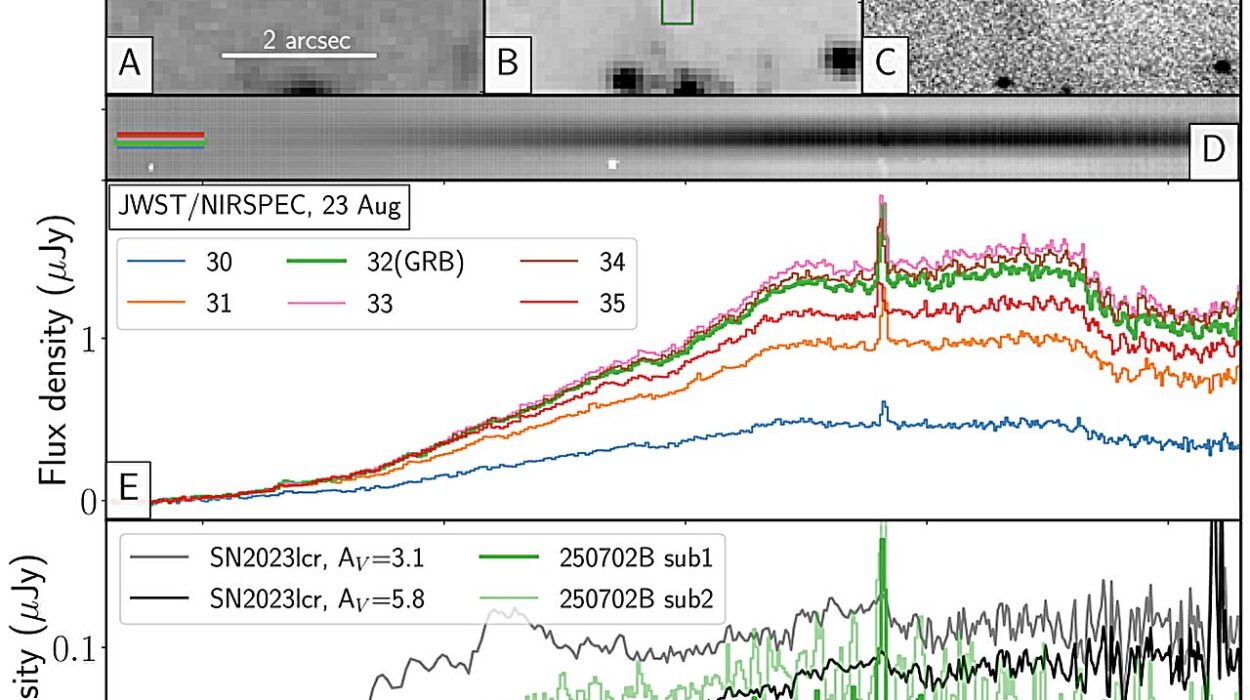In the silent depths of the cosmos, an invisible substance exerts its gravity on galaxies, shapes the large-scale structure of the universe, and yet evades every effort to be seen. This ghostly entity—dark matter—makes up roughly 85% of all matter, and still, scientists can’t tell you what it is. But in a new twist to this cosmic mystery, researchers may have just given one of the most intriguing candidates, the “dark photon,” a second chance at stardom.
A study published this month in Physical Review Letters proposes a novel mechanism that might finally allow ultralight dark photons to act as true dark matter particles, skirting around a longstanding theoretical roadblock that had cast serious doubt on their viability.
And in the process, the study does more than revive a hypothesis—it lays out a path toward lab-based detection of dark matter, breathing new life into the search for the universe’s most invisible force.
The Mysterious Force That Holds Galaxies Together
We can’t see dark matter, but we know it’s there. It’s the scaffolding on which galaxies hang. It’s the reason spinning galaxies don’t fly apart. It’s why distant clusters tug at each other in ways that defy visible mass. But if you try to touch it, detect it, or shine a light on it, you’ll come up empty. That’s because dark matter doesn’t interact with electromagnetic forces. It doesn’t emit light, absorb it, or scatter it. It simply… hides.
Among the theoretical candidates for this elusive substance is the dark photon, a hypothetical cousin of the photon—the particle that carries light. But unlike the photon, the dark photon would have mass, and would interact only extremely weakly with regular matter.
In theory, dark photons could permeate the cosmos, acting as cold dark matter, the kind that helps seed galaxy formation. But until now, a critical flaw in the theory kept them from being taken seriously.
The Cosmic String Problem That Almost Killed the Theory
The problem was cosmic strings.
Not the musical kind. In the early universe, dark photons—like all particles with mass—would have gained that mass through a mechanism similar to the Higgs field. But at high densities, especially during the universe’s hot, early phases, this process would trigger the formation of cosmic strings—long, thread-like defects stretching across space.
That’s bad news. Cosmic strings don’t behave like particles. They don’t clump into halos or provide the kind of gravitational glue that dark matter must offer. If dark photons formed cosmic strings early on, they wouldn’t be around now in the right form. That ruled them out as dark matter—until now.
A Simple But Powerful Idea: Change the Timing
The breakthrough came when David Cyncynates of the University of Washington and Zachary Weiner of the Perimeter Institute asked a bold question: What if the strings never had a chance to form at all?
Their idea was surprisingly elegant: delay the production of dark photons.
“High densities are hard to avoid early in the universe,” Weiner explained. “That’s when cosmic strings are most likely to form. So we asked—can dark photons be produced late enough in cosmic history to sidestep the whole string problem?”
By introducing a scalar field that evolves over time, the researchers crafted a model where dark photons were almost massless in the early universe—too insubstantial to form strings. Only much later, as the universe expanded and cooled, would the scalar field shift conditions, allowing dark photons to gain mass through a tachyonic instability—a rapid, runaway amplification of quantum fluctuations.
That late burst of activity produces just the right amount of dark photons to explain today’s dark matter density—without ever triggering string formation.
Why This Matters for Experiments on Earth
One of the biggest frustrations in dark matter research has been the theoretical invisibility of many candidates. In models where dark photons were produced extremely early—say, during inflation—they’d be virtually undetectable today because they’d interact too weakly with regular matter.
But the delayed-production model changes that.
“The beauty of this mechanism is that it opens the door to stronger interactions,” said Cyncynates. “That means we might actually detect them in the lab.”
Indeed, the team points to several ongoing and upcoming experiments that could be sensitive to the kind of dark photons their model predicts. These include:
- DM-Radio, which uses ultra-sensitive electromagnetic resonators to pick up faint signals from hidden particles.
- ALPHA and MADMAX, which aim to detect oscillating fields created by dark matter particles inside shielded cavities.
- Dark E-field, which searches for unusual electric field behaviors caused by dark photons.
All of these tools may soon be hunting a particle that, until this study, had been mostly dismissed.
A Universe Etched in Fine Detail
But the implications go beyond the laboratory. Delaying the birth of dark photons also changes how structure formed in the early universe. Unlike conventional dark matter, which is born early and smooths out over time, these late-born dark photons retain a memory of their origin.
That means they create more small-scale density fluctuations—tiny pockets of dark matter called minihalos. These halos could influence how stars move, how galaxies flicker, and even how light bends across cosmic distances.
“Future telescopes may be able to detect these effects,” Weiner noted. “We could see hints of our model in the subtle jitter of stars or in fine features of cosmic background radiation.”
These signals would provide an astrophysical fingerprint of dark photon dark matter—a signature not just of what the particle is, but when it came to be.
A New Direction for Dark Matter Research
The team’s model isn’t the final word. It focuses on one way that dark photons might acquire mass: via a dark version of the Higgs mechanism. There are others, such as the Stückelberg mechanism, which might behave differently. Whether these alternatives lead to string formation—or avoid it—is an open question.
What’s clear, however, is that the door is no longer closed.
“This work opens up a whole region of parameter space that we thought was excluded,” said Cyncynates. “It gives us a fresh reason to look for dark photons—and real tools to find them.”
Why It Matters Now
We are living in a golden age of cosmology, where questions once thought unanswerable are being tested in the lab and probed by space telescopes. The dark photon revival is more than a clever tweak to a failing model—it represents the scientific process at its best: confronting contradictions, questioning assumptions, and finding hidden paths where walls once stood.
In a universe filled with invisible matter, this model offers a rare and hopeful glimpse into something that might soon be visible—not in the light of a star, but in the gentle hum of a detector, the ripple of a radio wave, or the dance of a single electron.
And maybe, just maybe, we are one step closer to finally knowing what dark matter really is.
Reference: David Cyncynates et al, Detectable and Defect-Free Dark Photon Dark Matter, Physical Review Letters (2025). DOI: 10.1103/PhysRevLett.134.211002.
